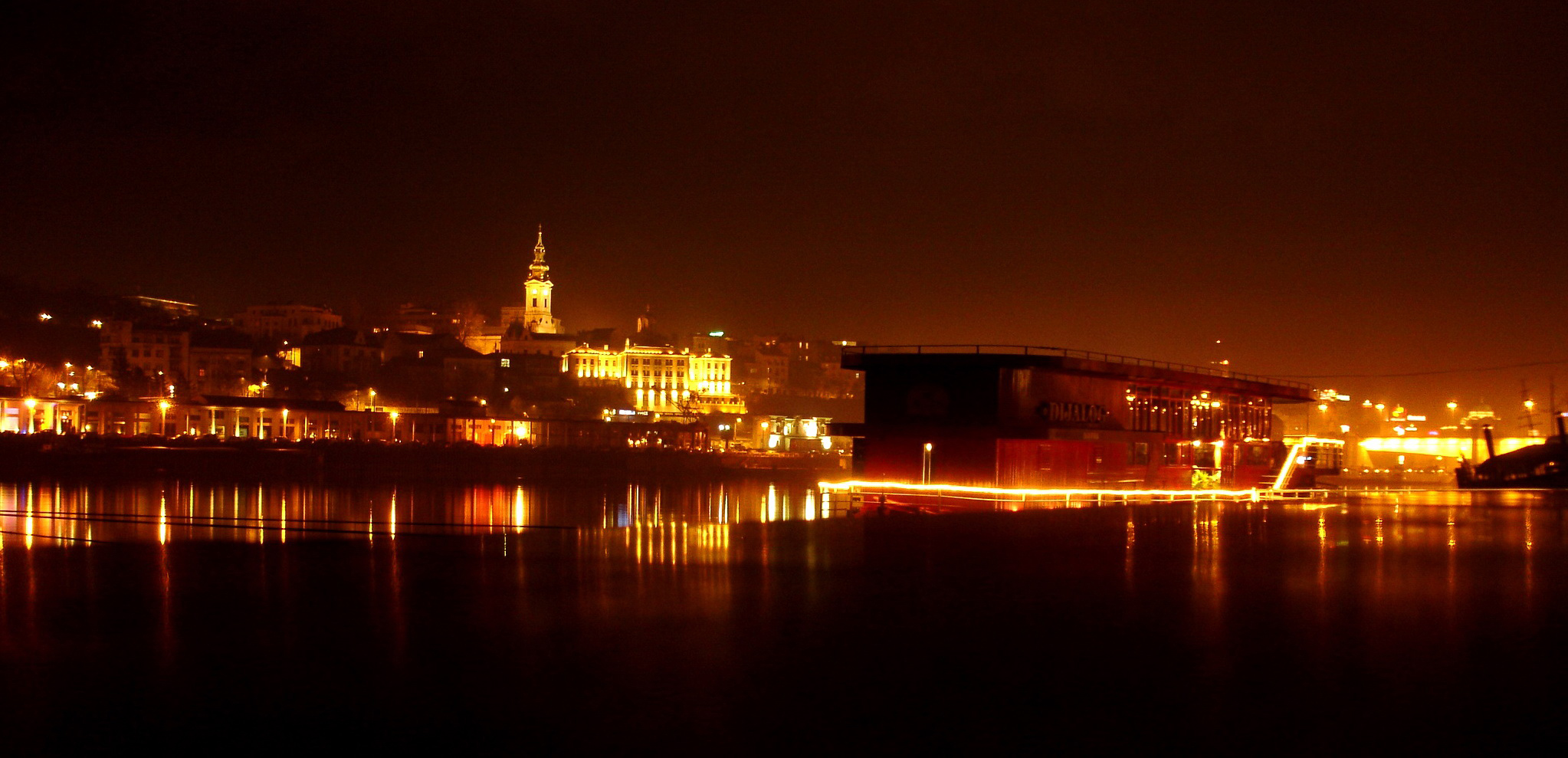Economic situation Hoping for foreign investment
Belgrade by night
Serbia has come far better through the economic crisis caused by COVID-19 than its neighbouring countries and most EU countries, partly because its tourism industry does not play a big role in the economy. The country also has a relatively sound fiscal policy record according to the International Monetary Fund (IMF), and it meets the Maastricht criteria on government debt. According to the IMF, economic growth in 2024 was 4.1 per cent, and the rate is projected to be about 3.5 per cent in 2025.
Business climate has improved
Serbia's reform efforts within the framework of the EU integration process are already bearing fruit. Since 2017, domestic and foreign investment has increased considerably, and the budget has been stabilised.
However, if the government wants to sustain this development and attract further investors to Serbia, it still needs to remove a number of obstacles, such as red tape, corruption, weaknesses in the legal system, inadequate protection of competition, and the shortage of skilled workers.
Development potential
Serbia is one of the most important markets in South-Eastern Europe. Thanks to its good transport connections and competitive wages, the country has a chance to become a successful supplier of industrial goods. Many German companies, especially from the auto parts industry, are active in Serbia. In order to achieve further growth in this field, Serbia would have to make its vocational training programmes more practice-oriented and stop the exodus of skilled workers. Declining demand from the German car industry is already making itself felt in Serbia.
Another factor that will become increasingly important for the country's further economic development is the decarbonisation of the energy sector, as the EU has announced a carbon tariff on exports to the EU (the Carbon Border Adjustment Mechanism, CBAM). After the envisaged transition period ends in 2026, imports to the EU will be subject to this tariff based on their carbon footprint. In view of the high rate of carbon emissions in Serbia's energy generation sector, this may massively drive up the prices of Serbian exports to the EU. However, Serbian companies have begun to increase their investments in more climate-friendly production.
The country's official status as a candidate for EU accession means that it is already entitled to some European Union funding. It is using these funds, for example, to reform its administrative system, develop rural areas and modernise and expand its infrastructure. Under its Reform and Growth Facility for the Western Balkans, the new European Commission has allocated some 1.3 billion euros to Serbia for the period from 2024 to 2027. This is intended to boost economic development, improve regional cooperation and bring the country closer to EU standards by means of reforms.
As at: 18/08/2025
